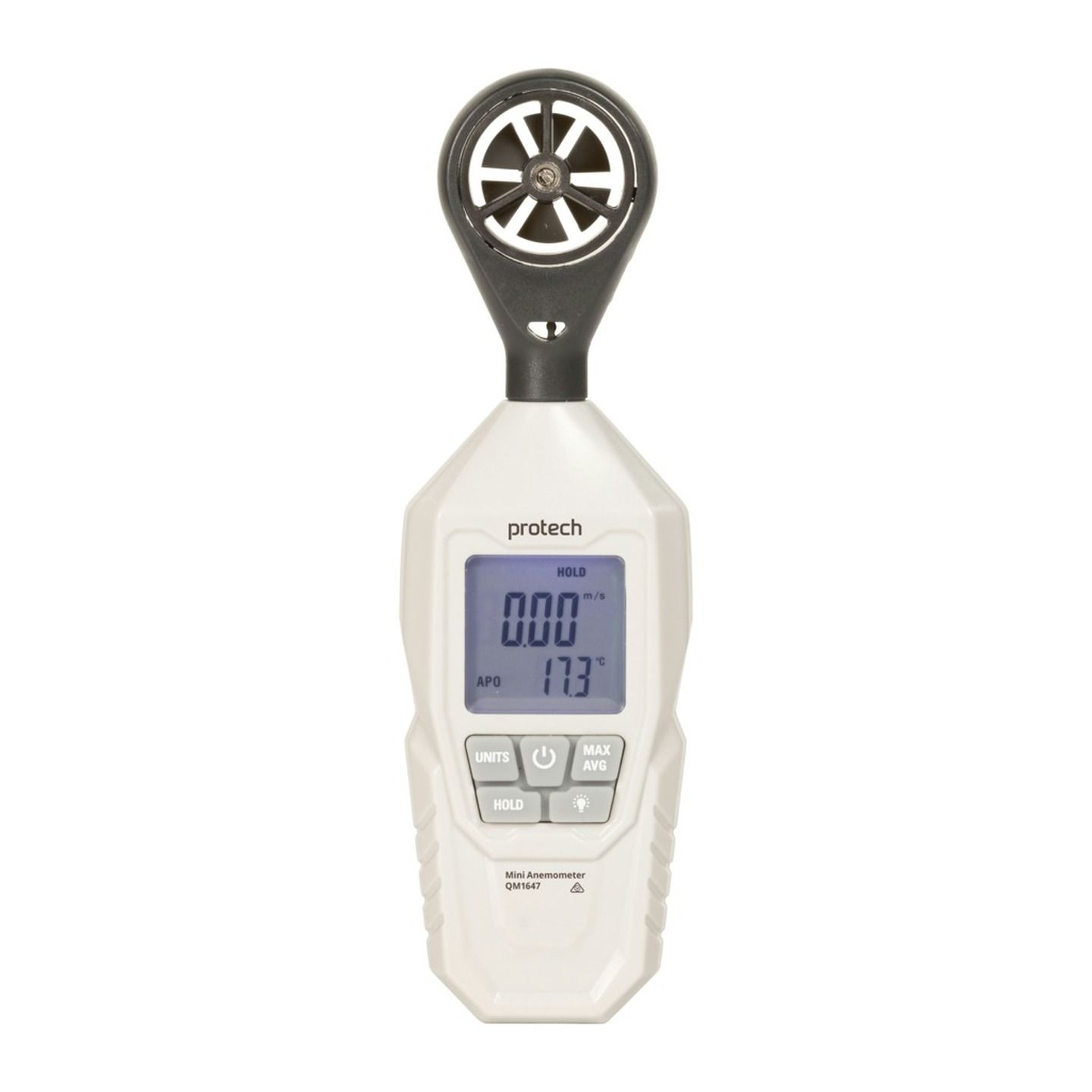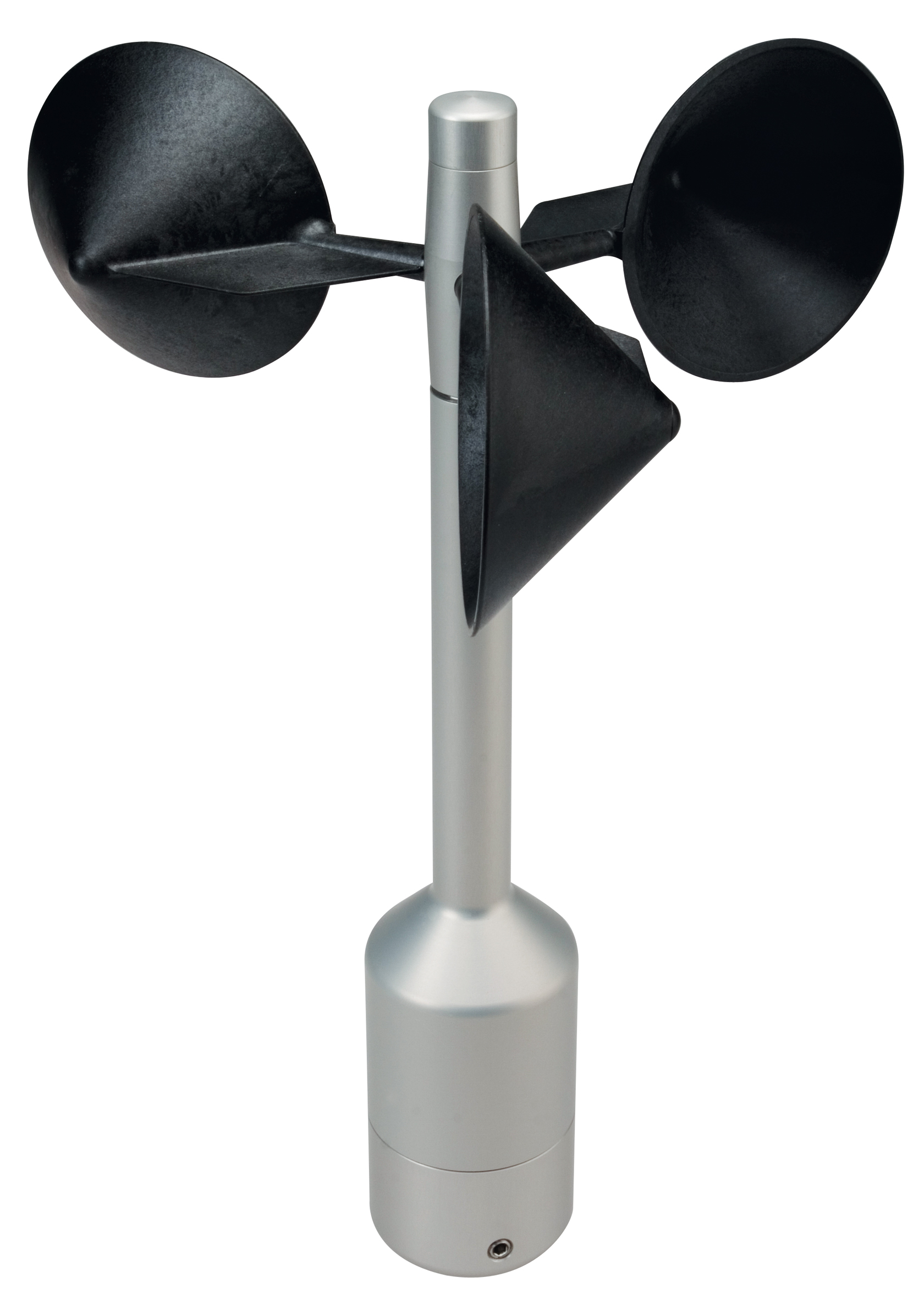Contrasting Digital and Mechanical Anemometers: Which is Right for You?
Contrasting Digital and Mechanical Anemometers: Which is Right for You?
Blog Article
Exploring the Functions and Advantages of Anemometers for Weather Enthusiasts and Specialists
Anemometers stand as crucial devices in the world of weather tracking, accommodating both lovers and seasoned professionals alike. These devices offer a home window into the vibrant world of wind patterns and rates, providing very useful information for atmospheric analysis and forecasting. From mug anemometers to sonic anemometers, each kind brings its one-of-a-kind collection of advantages and applications, dropping light on different aspects of atmospheric problems. As we look into the features and benefits of anemometers, a much deeper understanding emerges not just of dominating weather condition sensations yet likewise of the broader implications for sectors like wind energy manufacturing and ecological study.
Significance of Anemometers in Weather Condition Surveillance
Anemometers play a crucial duty in weather condition tracking by giving exact measurements of wind rate, assisting in projecting and understanding weather condition patterns. These instruments, ranging from standard mug anemometers to modern ultrasonic anemometers, are essential for meteorologists, researchers, and weather lovers alike.

Kinds of Anemometers and Their Applications
The most common types of anemometers include cup anemometers, vane anemometers, hot-wire anemometers, and ultrasonic anemometers. Mug anemometers are composed of 3 or four cups installed on horizontal arms that revolve with the wind, measuring its rate. Vane anemometers, on the other hand, use a freely revolving vane to line up with the wind instructions, giving both wind rate and instructions dimensions.
Each kind of anemometer has its one-of-a-kind benefits and applications. Cup anemometers are durable and ideal for basic weather tracking, while vane anemometers are preferred for directional measurements. Hot-wire anemometers are sensitive to reduced air velocities, making them excellent for indoor atmospheres. Ultrasonic anemometers are non-intrusive and offer high precision, usually utilized in research study and specialized weather condition tracking applications. Comprehending the qualities and applications of each kind of anemometer is important for choosing the most proper tool for details weather condition keeping an eye on requirements.
Benefits of Utilizing Anemometers in Forecasting
In weather forecasting, the application of anemometers provides important advantages for enhancing the precision of weather forecasting. Anemometers measure wind rate and direction, giving critical data for anticipating weather condition patterns. By including wind data into forecasting versions, meteorologists can much better comprehend the movement of weather systems, expect modifications in weather, and concern a lot more specific projections.
Additionally, anemometers play an important click for info role in evaluating potential weather hazards. Checking wind rates aids forecasters anticipate severe climate events such as storms, hurricanes, and winter season storms with better precision. This very early warning system allows authorities to issue prompt signals and apply required safety and security steps, reducing the threats to life and property.
In addition, anemometers help in maximizing renewable energy production. By analyzing wind patterns, meteorologists can recognize ideal places for wind ranches and predict power result, adding to the effective generation of wind power.

Anemometers in Wind Power Production
Provided the essential role anemometers play in offering precise wind information for climate projecting and danger analysis, their significance reaches the realm of wind energy production. Anemometers are necessary tools in the area of wind energy, where the measurement of wind speed and direction is vital for determining the feasibility and efficiency of wind turbine installations. By properly gauging wind rates at differing elevations, anemometers aid maximize the positioning and layout of wind generators to maximize energy result.
In wind ranches, anemometers are purposefully positioned to accumulate real-time wind information that is utilized to evaluate the possible power manufacturing of a website. This data contributes in identifying the economic practicality of wind energy tasks and in forecasting power generation to make sure grid stability. Additionally, anemometers aid in monitoring wind problems to enhance turbine performance, avoid damage from high winds, and make certain the security of workers operating in the location of wind generators.
Enhancing Weather Comprehending With Anemometers

Anemometers play a vital duty in boosting our understanding of microclimates. These local weather can vary significantly from wider regional forecasts, making it important to have accurate information for details locations. anemometer. By tactically placing anemometers in numerous locations, researchers can collect in-depth info on how wind acts in various terrains, urban settings, or bodies of water
In addition, anemometers add to boosting weather condition forecasting versions by supplying real-time data why not try these out on wind actions. This info is particularly useful for forecasting serious weather occasions, enhancing farming methods, and supporting sectors like air travel and maritime navigating. On the whole, anemometers are very useful instruments that allow us to dig deeper right into the complexities of weather condition systems, ultimately bring about more exact forecasts and better-informed decisions.
Conclusion
In final thought, anemometers play a critical role in weather condition surveillance and projecting by measuring wind speed and instructions. Anemometers also have applications in wind energy manufacturing, additional highlighting their importance in both meteorology and sustainable energy sectors.
From mug anemometers to sonic anemometers, each kind brings its one-of-a-kind set of benefits and applications, dropping light on numerous aspects of climatic conditions. These tools, ranging from conventional mug anemometers to modern ultrasonic anemometers, are important for meteorologists, researchers, and weather enthusiasts alike. The most usual kinds of anemometers consist of cup anemometers, vane anemometers, hot-wire anemometers, and ultrasonic anemometers. Mug anemometers are suitable and robust for general climate surveillance, while vane anemometers are preferred for directional measurements. Anemometers are important tools in the field of wind power, where the dimension of wind speed and direction is important for identifying the feasibility and performance of wind generator installations.
Report this page